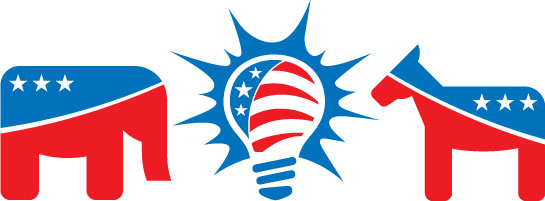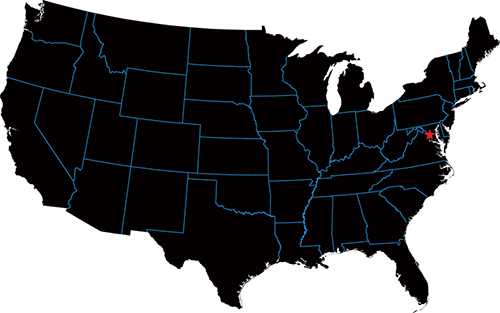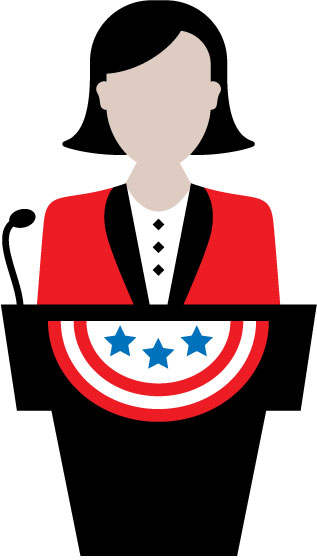Lecture series aims to extend voter engagement beyond the race for president

It’s Q-and-A time at the end of an environmental panel discussion in the 2016 Presidential Election Public Lecture Series at SF State. Amid poli-sci majors in their 20s and silver-haired lifelong learners scattered across the McKenna Theater, a 44-year-old undergraduate — a history major — grapples with the torrent of information that just came at him about issues from fracking to the Trans-Pacific Partnership. Raising his hand, he prods the panel of faculty experts to boil it down: “What are two or three things the American people can do to arrest the global warming problem?”
Catalyzing that mindset of citizen engagement is precisely the goal of the lecture series, formally known as Political Science 216: The 2016 Presidential Election: Issues and Analysis. It’s a course that was 18 months in the making, with 50 faculty members speaking across 15 topic-based sessions, unpacking issues and processes from immigration and the economy to the electoral college. It’s in-person and posted online (every Tuesday throughout the fall semester), open to students from all majors and, unlike any other class at SF State, free to the general public.

“If we let this time go by, it will be another four years before the average person is going to think about the cost of Medicare, or the cost of education, or climate change or the criminal justice system.”
— Professor Joel Kassiola
Political Science Professor Joel Kassiola launched the every-four-years course in fall 2004 to capitalize on electoral-season excitement. “If we let this time go by, it will be another four years before the average person is going to think about the cost of Medicare or the cost of education or climate change or the criminal justice system,” Kassiola says.

One of the class’s main goals is to fill voters’ knowledge gap on key issues, says Marcela García-Castañon, an assistant professor of political science Kassiola recruited as co-organizer of this year’s class. People who are passionate about a topic may not understand both sides or may lack a scientific or nonpartisan interpretation, she adds. “If we fill that knowledge gap, you’ll have a stronger platform or research basis you can call upon to support your position, or some of the panelists might challenge you to consider alternative positions to what you initially thought was right,” she says. The immigration panel, for example, put today’s cultural flashpoints into the context of major immigration policies and demographic patterns throughout American history. The environmental panel dissected the impacts of trade agreements, identified each candidate’s position on specific energy policies and explained the greenhouse effect. García-Castañon says the course aims to model intelligent discussions, spark new ones and, importantly, contribute to the campus’s deeply rooted culture of political engagement. The final session, “Citizenship Beyond Voting,” focuses on actions people can take before the next election cycle. Representatives from across campus invited students to delve deeper into topics that may have captured their attention, like urban politics, environmental science and criminal justice, by pursuing a related major or internship. The campus’s Institute for Community and Civic Engagement shared opportunities for service learning and neighborhood-based action.

Throughout the course, panelists have invited both students and the public to get involved in their own communities, from the school board to the water board. “Most San Franciscans are far more likely to be impacted by what their supervisors do than by the outcome of the presidential election,” García-Castañon says. “You don’t have to sign every petition or fight every battle, but if you’re paying attention, you can act on things that are close to your heart.”
The panelists also teach by example how to skirt media bias by mining original sources, like finding a candidate’s platform or the entire text of a speech online rather than relying on what a reporter chooses to highlight. “It requires a little more work,” Kassiola says, but it’s particularly important this year. Because both candidates had such high negatives, he says, they focused, predictably, on tearing each other down. “There [wasn’t] much talk about the issues.”
While the organizers recognize that how people vote is a “complex, multidimensional process,” Kassiola says the broader aim of the class is to create an electorate of engaged, informed citizens. If people learn to identify the facts, the contextual framework and the science associated with issues, he hopes, “they will take that knowledge and look at each candidate’s policy and party platforms and connect the dots ... and then use that in determining whom they support.” Ignorance of such substantive information is often taken advantage of, he adds. “The media can only polarize an ignorant population,” Kassiola observes. “Candidates can only manipulate an ignorant electorate. We have to fight that.”
Learn more and find a link to online sessions of the Presidential Election Public Lecture Series at politicalscience.sfsu.edu.
RELATED: Combatting Political Polarization
By ANN BRODY GUY